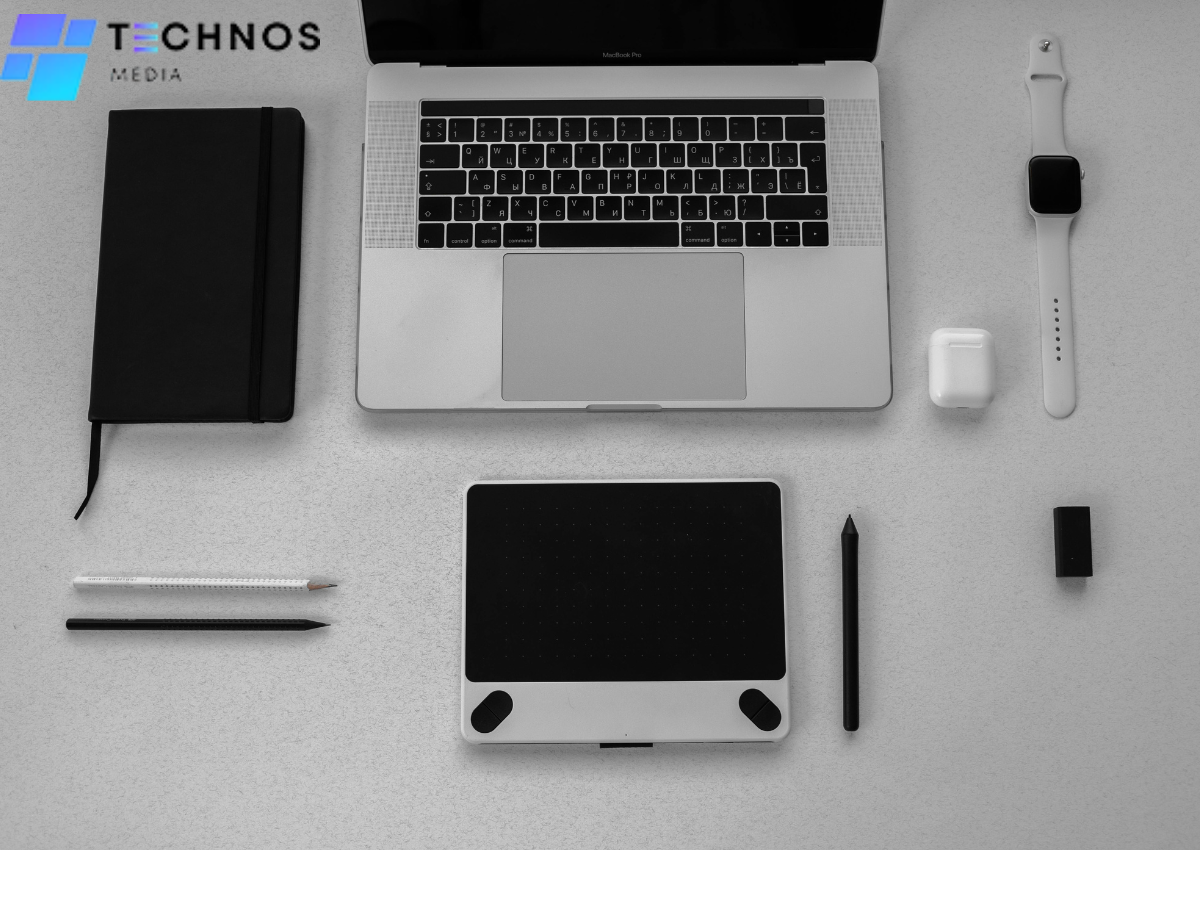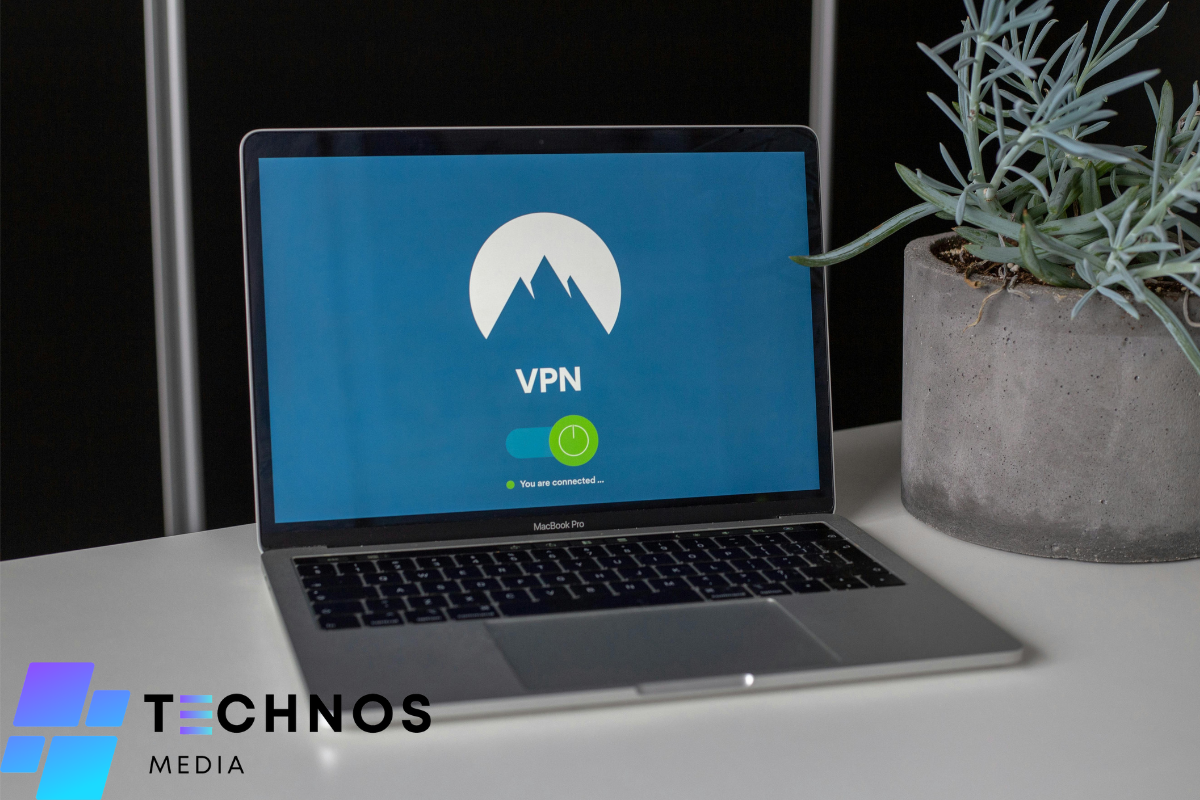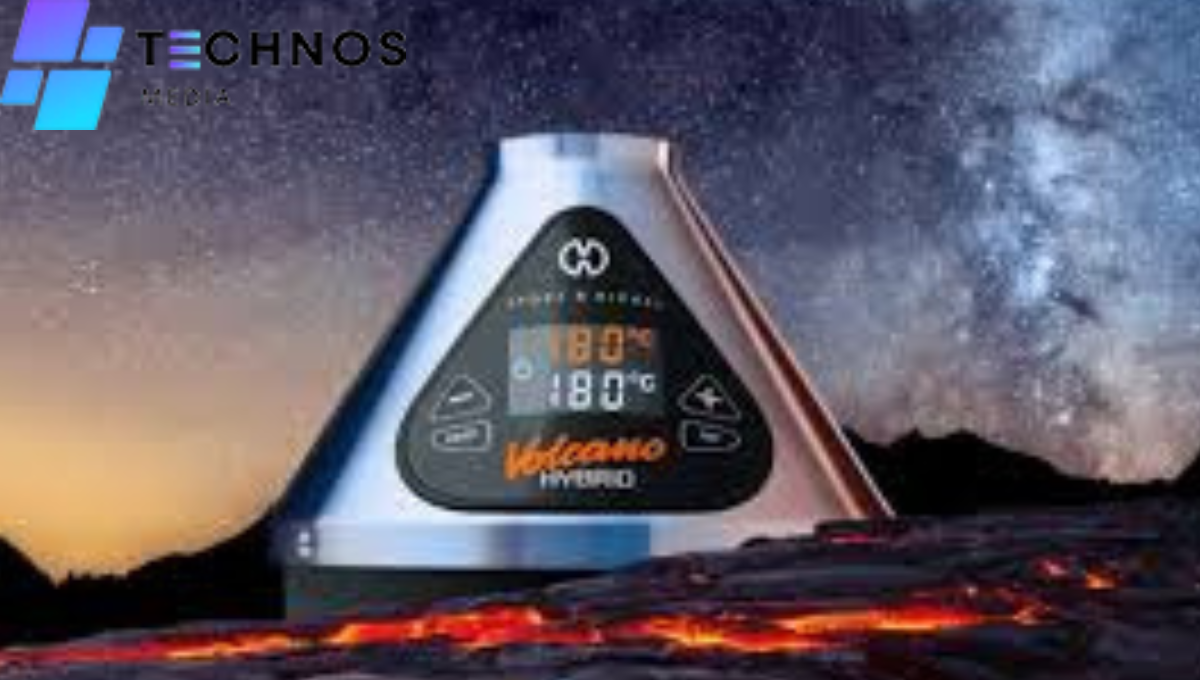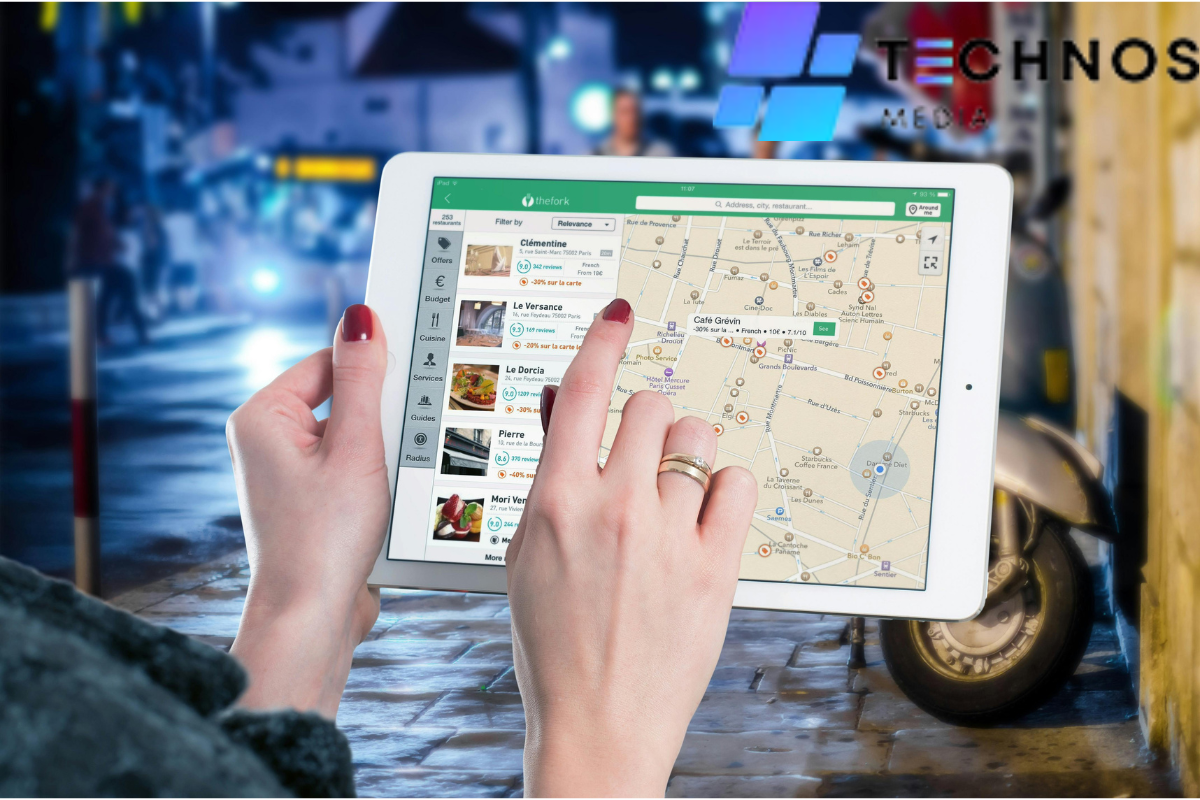Translator Devices vs. Mobile Apps: Which One is Better?

Strong 8k brings an ultra-HD IPTV experience to your living room and your pocket.
Language barriers are a common challenge in today's globalized world. Whether traveling abroad, conducting business internationally, or communicating with diverse communities, translation tools are essential. This brings us to a pressing question: Are translator devices better than phones? In this detailed analysis, we compare both options to help you determine which suits your needs best.
Understanding Translator Devices and Mobile Apps
Before diving into the comparison, let's define what each option entails:
- Translator Devices: These are dedicated handheld gadgets designed specifically for real-time language translation. They come equipped with specialized hardware and AI-driven software for optimal accuracy.
- Mobile Translation Apps: These are software-based solutions available on smartphones. Apps like Google Translate, Microsoft Translator, and iTranslate use cloud-based AI models to interpret languages.
Key Factors to Consider
1. Accuracy and Reliability
Translator Devices:
- Typically offer higher translation accuracy.
- Use advanced AI algorithms designed for linguistic precision.
- Work efficiently in noisy environments due to high-quality microphones and noise cancellation.
Mobile Apps:
- Accuracy varies depending on the app and internet connectivity.
- Some free apps may struggle with complex sentences or contextual meanings.
- Performance can be affected by background noise.
2. Offline Translation Capabilities
Translator Devices:
- Most come with built-in offline language packs.
- Allow seamless translation without needing an internet connection.
- Ideal for remote areas where Wi-Fi or mobile data is unavailable.
Mobile Apps:
- Some apps offer offline translation, but the accuracy is often reduced.
- Offline packs must be downloaded separately and may not support all features.
- Functionality is limited compared to dedicated devices.
3. Ease of Use and Portability
Translator Devices:
- Compact, lightweight, and designed for quick translation.
- One-button functionality makes them user-friendly.
- Often come with dedicated speakers and microphones for clear communication.
Mobile Apps:
- Require unlocking the phone and opening the app.
- Can be cumbersome when translating long conversations.
- Depend on phone battery life and processing power.
4. Language Support
Translator Devices:
- Support a broad range of languages, sometimes exceeding 100.
- Provide better dialect recognition and contextual accuracy.
- Include specialized translations for medical or legal terms.
Mobile Apps:
- Offer extensive language options, often updated frequently.
- Some apps struggle with rare languages or dialects.
- Performance may vary based on app development and updates.
5. Real-Time Conversations and Voice Translation
Translator Devices:
- Optimized for live, real-time conversations with low latency.
- Some models offer instant voice-to-voice translation without delays.
- Designed for hands-free operation, beneficial for professionals.
Mobile Apps:
- Support voice translation but may lag due to processing time.
- Quality depends on microphone sensitivity and app responsiveness.
- Some apps require repeated attempts for accurate translation.
6. Connectivity and Additional Features
Translator Devices:
- Function independently without needing a smartphone.
- Many include SIM card support for real-time cloud-based translation.
- Often come with security encryption, preventing data breaches.
Mobile Apps:
- Require mobile data or Wi-Fi for optimal performance.
- Some apps collect and store translation data, raising privacy concerns.
- Rely on third-party cloud services for processing.
Who Should Use Translator Devices?
Translator devices are ideal for:
- Frequent travelers who require reliable, on-the-go translations.
- Business professionals engaging in international meetings.
- Tour guides or hospitality workers dealing with multilingual clients.
- Medical or legal professionals needing precise translations.
Who Should Use Mobile Translation Apps?
Mobile apps are best for:
- Casual travelers who need occasional translations.
- Budget-conscious users who prefer free solutions.
- People in areas with consistent internet access.
- Those who need translation for social media or online content.
Translator Devices vs. Mobile Apps: Final Verdict
So, are translator devices better than phones? The answer depends on your needs. If you prioritize accuracy, offline functionality, and seamless real-time conversations, translator devices are the superior choice. However, if you prefer a budget-friendly and versatile solution, mobile apps offer convenience.
For a more detailed breakdown, check out this comprehensive comparison: Are Translator Devices Better Than Phones?.
Note: IndiBlogHub features both user-submitted and editorial content. We do not verify third-party contributions. Read our Disclaimer and Privacy Policyfor details.







